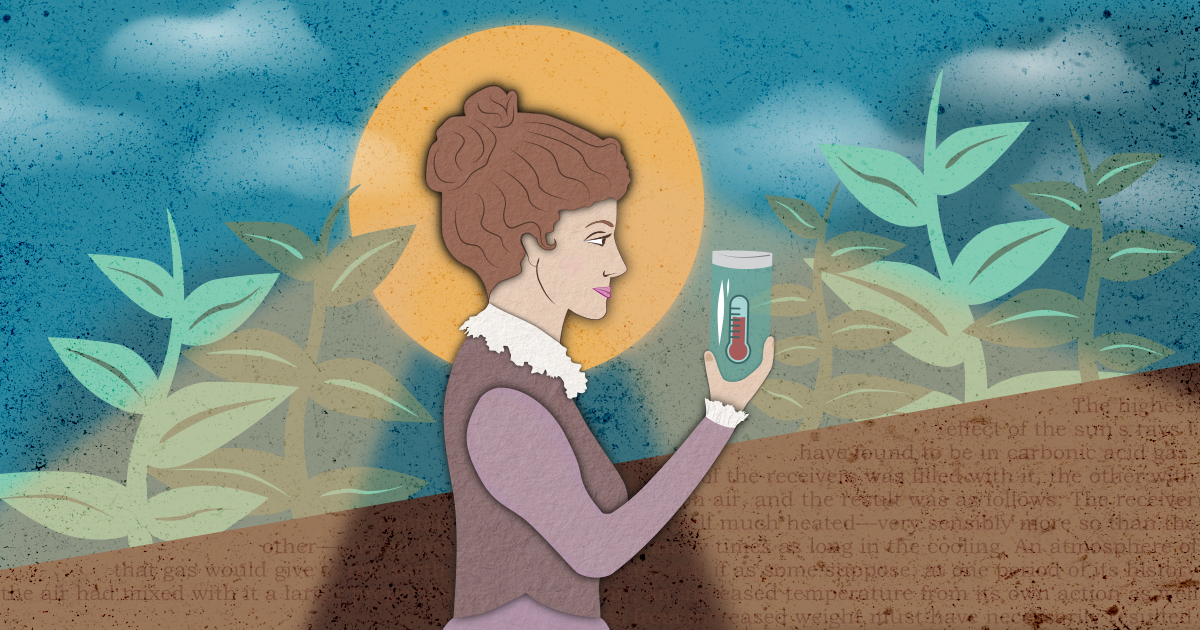Eunice Foote Predicts Global Warming

Eunice Foote showed that carbon dioxide and water vapor trapped heat, warning that more CO2 in the atmosphere could make Earth hotter.
What Happened?
On August 23, 1856, Eunice Foote’s research was read aloud at a meeting of the American Association for the Advancement of Science in Albany, New York. Her paper, 'Circumstances affecting the heat of the sun’s rays,' described simple but elegant experiments with glass cylinders of gases. Foote observed that carbon dioxide and water vapor retained more heat than regular air, and warned that an atmosphere rich in CO2 would lead to a 'great increase of temperature.'
Foote was a scientist, inventor, and women’s rights activist—but also a woman in mid-19th century America. Because of her gender, she could not present her own work; Joseph Henry, a male scientist, read it on her behalf. Though he admitted the findings were 'important,' he confessed he didn’t fully grasp their meaning. The male-dominated scientific community largely ignored her conclusions.
Three years later, Irish physicist John Tyndall conducted more sophisticated experiments that measured the heat-trapping effect of CO2 in greater detail. Tyndall’s work became the foundation of modern climate science, while Foote’s contribution slipped into obscurity. Only in 2011 was her paper rediscovered, restoring her place in history.
Foote’s story is not just about science but about erasure—of women, of amateurs, of voices outside elite institutions. Her work reminds us that scientific discovery is not always recognized when it happens, especially when prejudice stands in the way.
Today, as climate change reshapes our planet, Foote’s 1856 warning reads like prophecy. Her overlooked voice reminds us that truth is not diminished when ignored, and that justice in science—like justice in society—requires us to revisit who gets credit and why.
Why It Matters
Eunice Foote’s 1856 experiment was the first recorded scientific recognition of the greenhouse effect. Her marginalization reflects the systemic exclusion of women from science, while her rediscovery highlights the importance of asking: whose voices have been silenced? Foote’s work teaches us that progress depends not only on innovation but also on equity—ensuring that all people can contribute to the search for truth. Her legacy bridges climate science and social justice, reminding us that both are about survival and fairness.
?
What was Eunice Foote’s experiment, and how did it anticipate modern climate science?
Why was Foote’s research overlooked while John Tyndall’s was celebrated?
How does gender bias shape who is remembered in scientific history?
What role did Foote play in both science and the women’s rights movement?
How do Foote’s findings connect to today’s conversations about climate change?
Dig Deeper
From Eunice Foote to Guy Stewart Callendar to Charles Keeling, meet three scientists who predicted climate change—though not all were recognized in their time.
Related

Climate Science: How Our Planet Keeps Its Cool… and Why It’s Getting Hotter
Climate science helps us understand how the planet stays warm, why it's getting warmer, and what we can do about it.

Hydroclimate Whiplash
California is a prime example of hydroclimate whiplash, where extreme swings in weather patterns due to climate change have intensified flood, drought, and fire risks. How can we adapt to this increasingly erratic climate?

Climate Change and Its Impact on the Future
Climate change is reshaping our planet. From rising temperatures to more extreme weather events, what can we do to mitigate its effects and create a sustainable future?
Further Reading
Stay curious!
